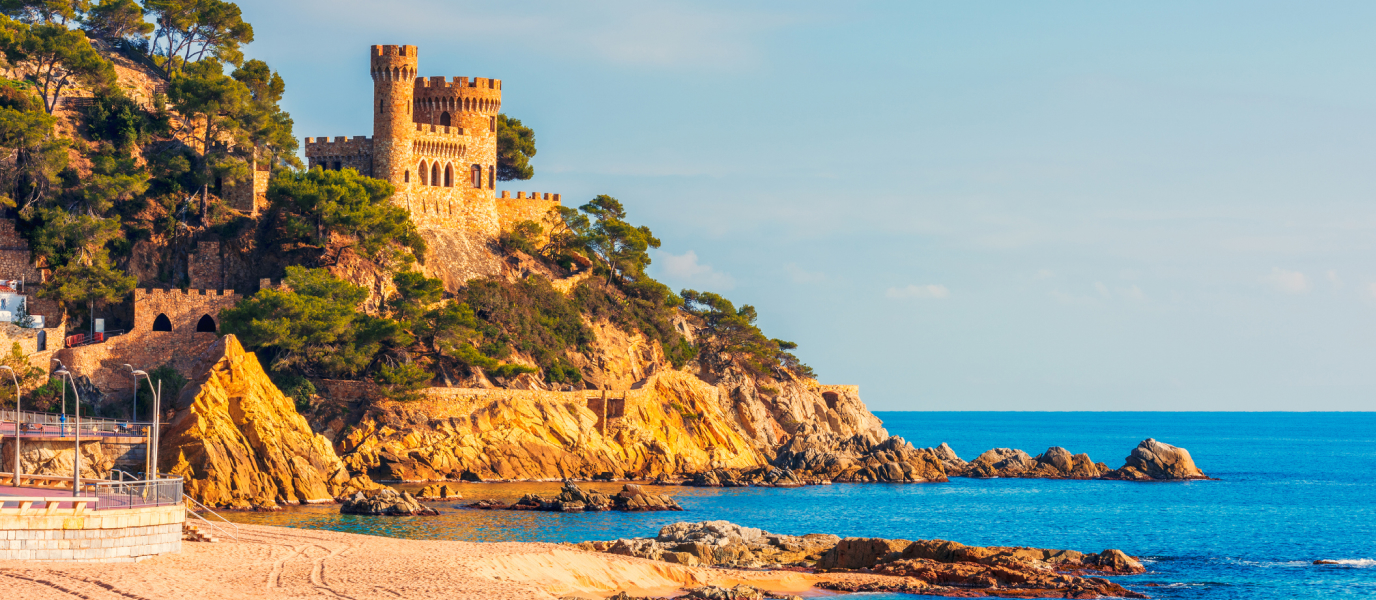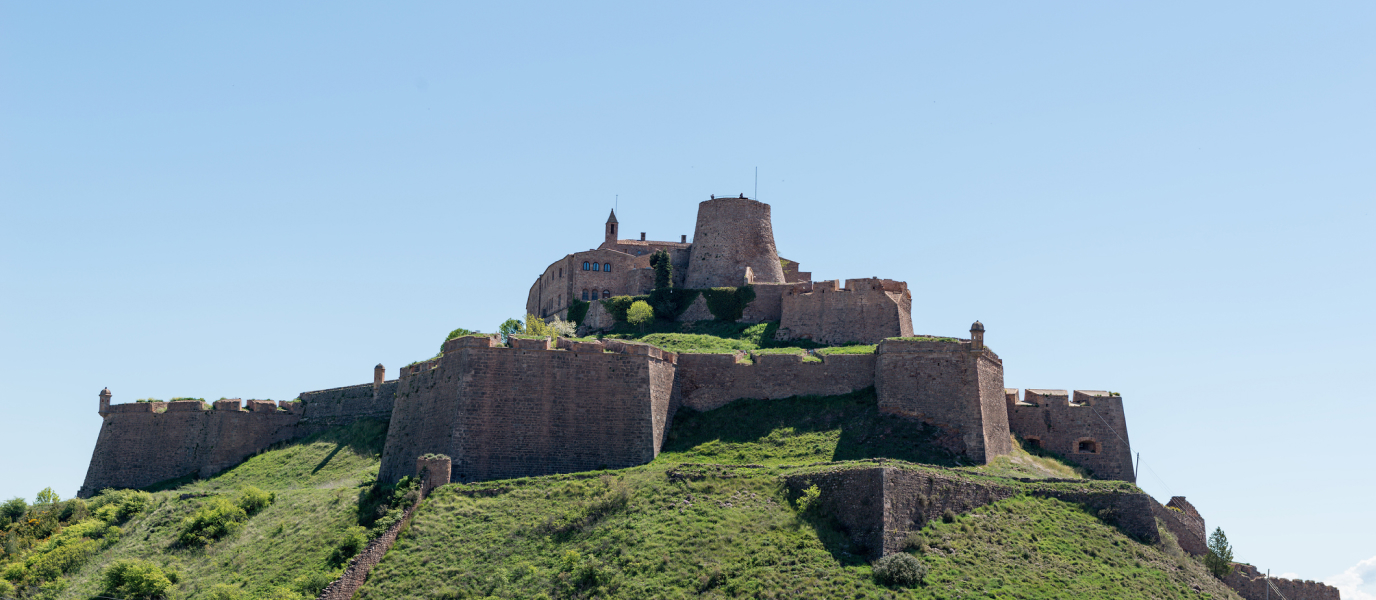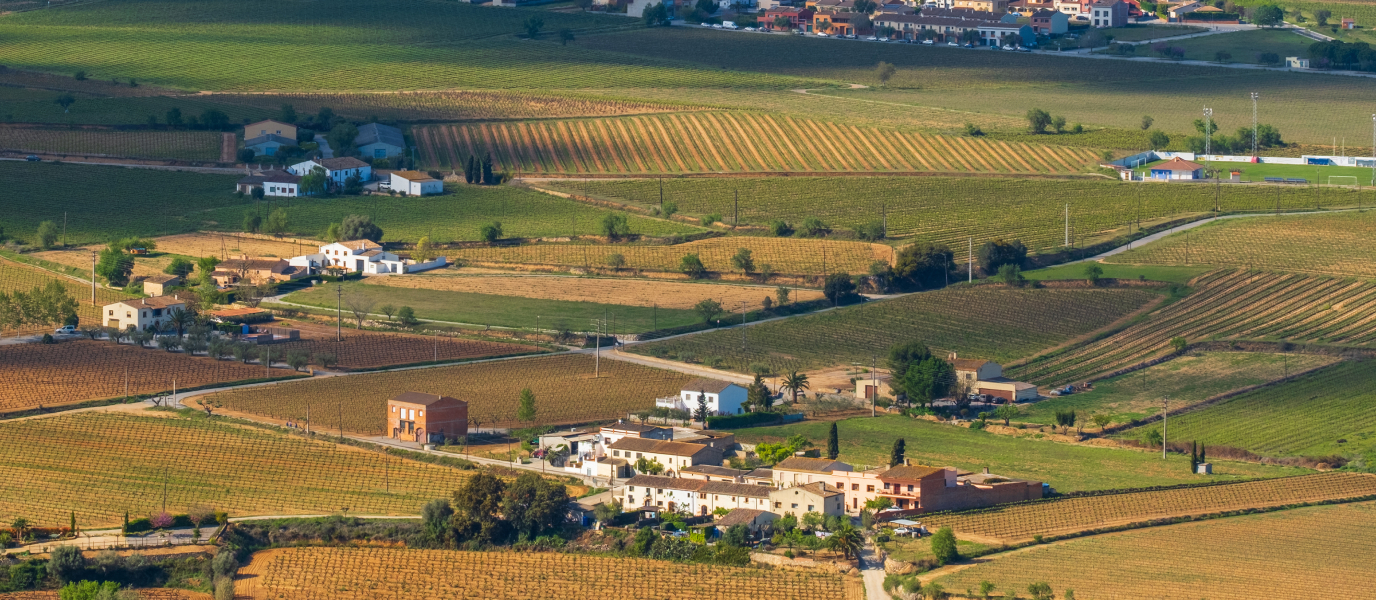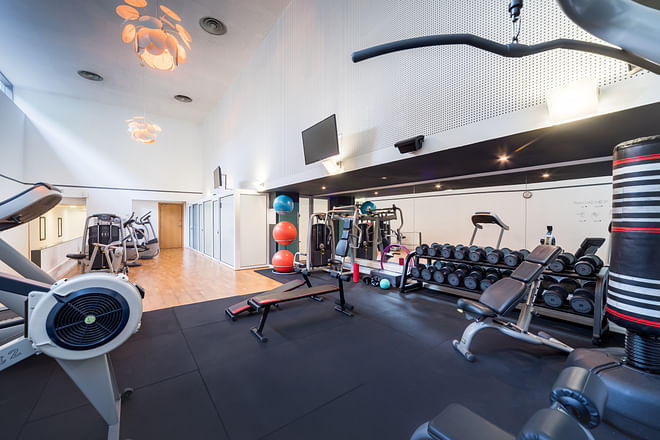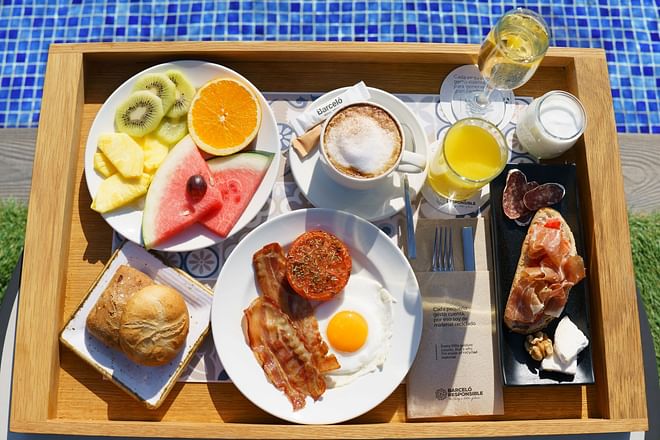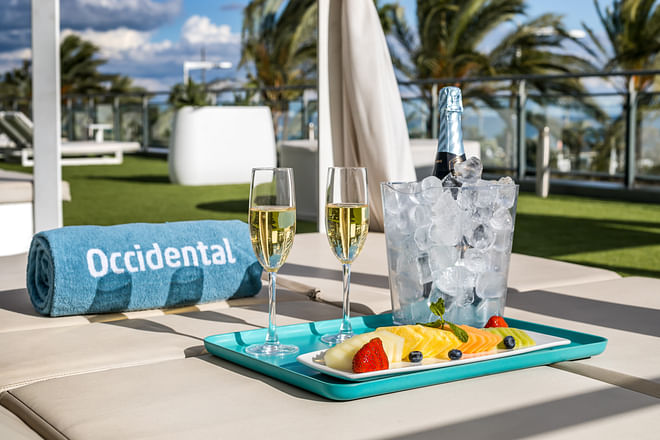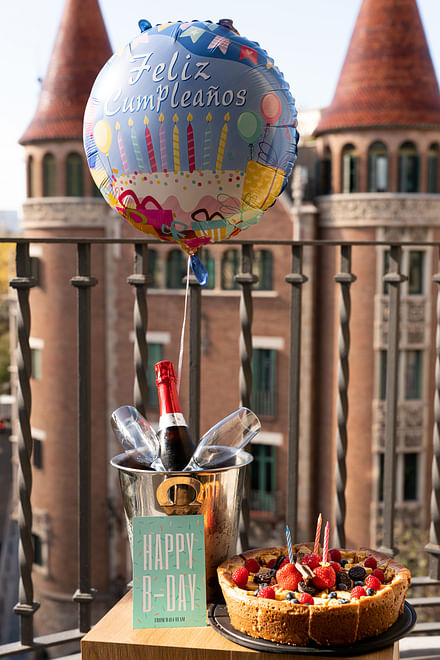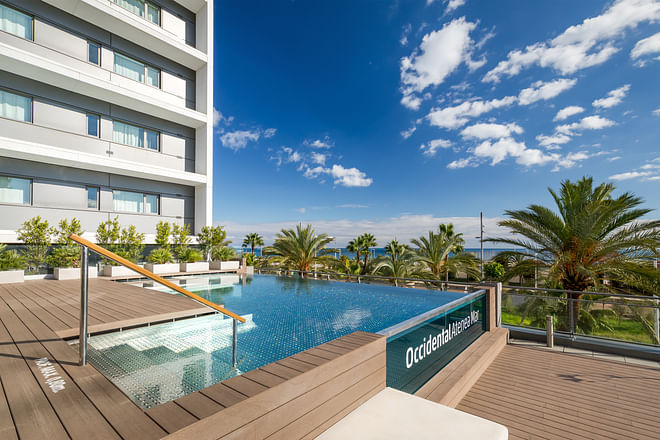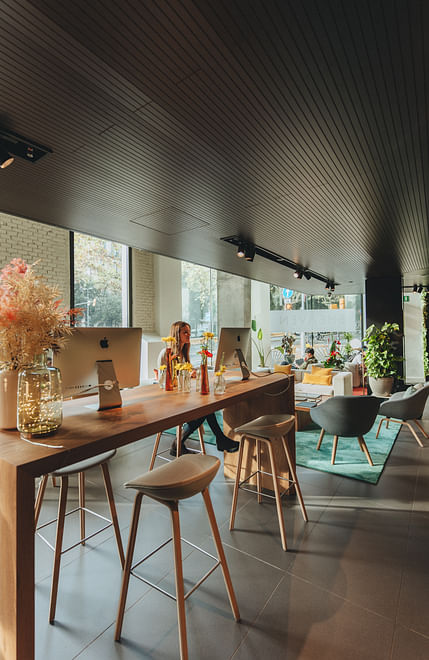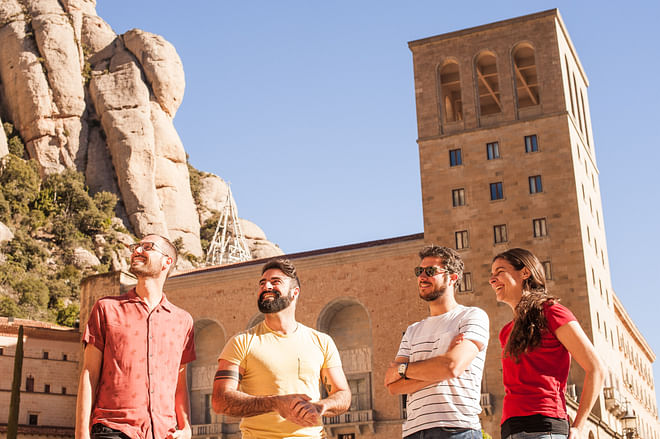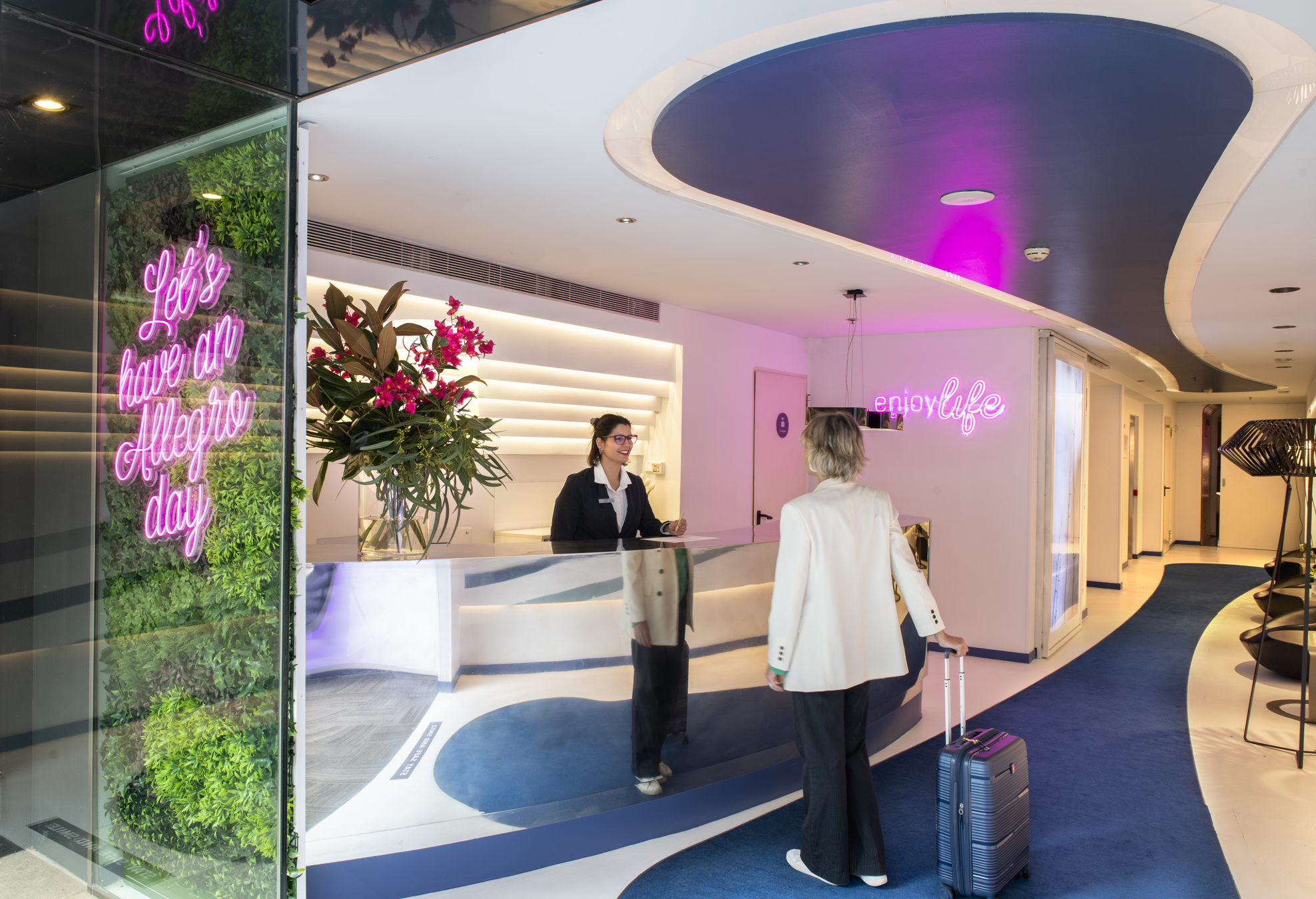There are certain villages that taste of salt and summer, and Lloret de Mar is one of them. Located on the Costa Brava, 75 km from Barcelona, this is the perfect retreat all year round, but it really comes alive, and comes into its own, in summer. Travellers love its light, its 7 km of family beaches and wild coves, its lively terraces, its good restaurants, the Gran Casino Costa Brava and the strolls through spectacular landscapes on the Caminos de Ronda paths. To sum up, it’s the perfect town to spend a carefree day discovering and enjoying everything it has to offer.
What to see in Lloret de Mar
Although the first thing you think about when you reach Lloret de Mar might be going to the beach, be patient. The historical centre has a lot to offer. Its main attractions are linked together by an imaginary web, and together they’re known as the MOLL (Open-Air Museum of Lloret). The idea is that the visitor can visit different points of interest in the town as if they were at an open-air museum. They suggest you start at the Museo del Mar, located in the old home of the Can Garriga, a family that earned their fortune through maritime trade in the Americas in the nineteenth century. Lots of other locals left their homes to seek their fortune on the high seas, which is why there’s plenty of evidence of the link with the Americas in this town. Go inside to learn more about sailing and maritime trade. From the museum, you can follow the marked route and visit fourteen other interesting spots.
Thanks to its eye-catching facade, you can’t miss the Church of Sant Romà. It was built at the beginning of the sixteenth century in the Catalan Gothic style, and there are a few interesting elements to the fortifications, like a drawbridge. During the following century, there were enlargements made and side chapels were added. Go in to admire the main altar, created in the middle of the sixteenth century by Pere Serafí.
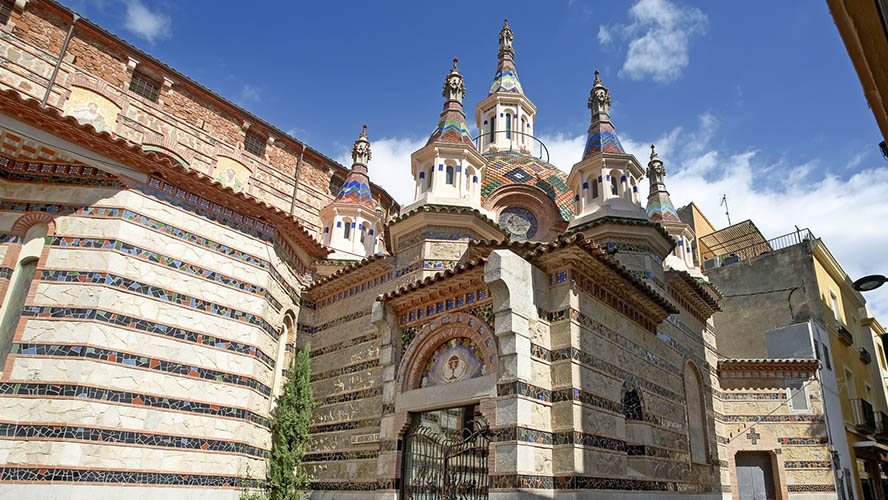
Although it may sound a bit dismal, don’t miss the graveyard, both for its modernist style and the legacy of the Americas. It was reformed in the nineteenth century thanks to the donations from the families who had made their money overseas.
Continuing along the route, it’s time to discover the Es Tint building that’s now home to the Fisherman’s Guild but used to be where their nets were dyed. In the past, it was normal for there to be a space where nets could be dyed in each village or town as it made them more durable and meant that they were better camouflaged in the water. On the Costa Brava, this is one of only two remaining examples, the other situated in Calella de Palafrugell.
It’s also worth visiting Sant Pere del Bosc, a Benedictine monastery from the tenth century about five kilometres from the town that’s currently operating as a hotel with a restaurant.
Castillo de Sant Joan
After a few hours exploring Lloret de Mar we recommend you pay a visit to the Castillo de San Joan which is located between the beaches of Fenals and Lloret de Mar. Of the original building from the beginning of the eleventh century, there’s very little left except its keep and part of its defensive walls. The most significant damage was caused when it was attacked by the British Navy in 1805. For many years it was nothing more than a ruin but, after extensive repairs, you can visit both the tower and the compound. It’s worth paying it a visit for its historical significance and its incredible views. If you take to the sea, you’ll also have the opportunity to admire it from a different angle peeking up between the pines.
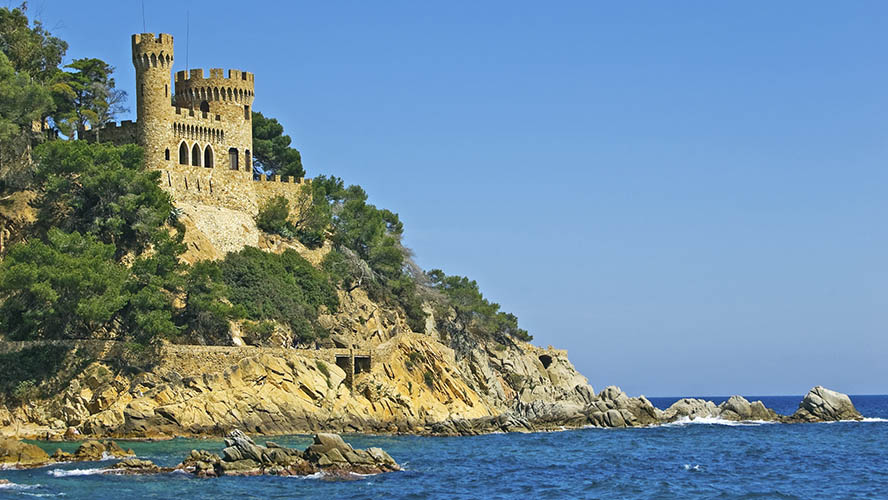
Jardí Botànic Santa Clotilde
This beautiful orchard was commissioned by the Marquis of Roviralta and created by Nicolau Maria Rubió i Tudurí, a young architect and landscape gardener, in 1919. The land selected by the noble was an escarpment where there was a plantation of grapevines. The views were spectacular from this spot, but the architect had to get creative to deal with the uneven terrain, using stairs and ramps. The overwhelming beauty of the Jardí Botànic Santa Clotilde is due, in part, to the Noucentista movement’s fashion for trying to recuperate the classic style, focusing on symmetry and proportions. The sculptures of mythological figures, the fountains, the flowers and the trees—mostly pines, cypresses and lime trees—create the ideal space for relaxing and daydreaming. Guided tours can be arranged.
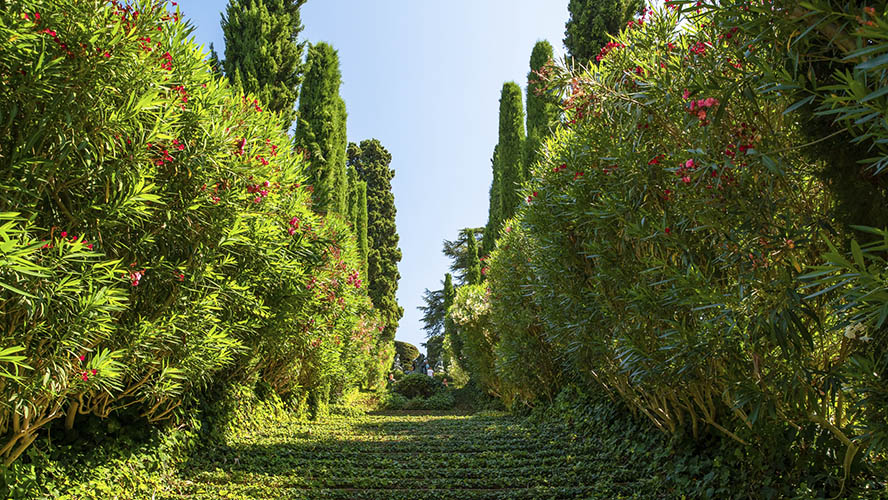
Beaches of Lloret de Mar
Lloret de Mar has nine kilometres of coast with five beautiful beaches that have each been awarded the Blue Flag, proof of their exceptional quality. The largest is Lloret de Mar and is situated in the centre of the town. It’s a kilometre long, and its sand is coarse and golden. This beach is perfect if you’re travelling as a family because it’s got all the facilities you need and there’s a car park very close by. The neighbouring beach is Sa Caleta, the most photographed beach thanks to the picturesqueness of the transparent water and the neo-gothic house-castle built by the local industrialist Narcís Plaja. If you like a good walk, then from here you can take one of the Caminos de Ronda paths that run along the coast.
Other beaches worth visiting are Canyelles, the furthest from the town centre which is where you’ll find the settlement’s only marina; Fenals, with crystal-clear water, sheltered by a bay; Santa Cristina, well-protected from the wind and the waves and accessed from the chapel of the same name; and De Treumal, surrounded by thick vegetation.
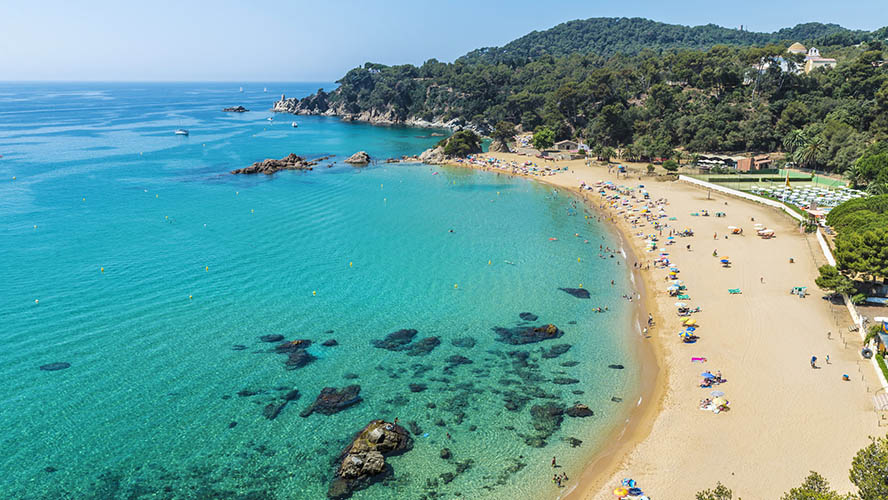
Cala Boadella
Sa Boadella deserves its own special mention, surrounded by a beautiful landscape with conifers stretching down to the sea. The sand is golden, and the water couldn’t be bluer if it tried. Although it’s only 250 metres long, it’s worth driving out to the road that leads to the chapel and then walking for 200 m along the sandy path to enjoy this jewel of a beach.
As well as the beaches we’ve mentioned, Lloret also has other treasures that are tough to get to, just waiting to be discovered. Find them on your map: Cala Morisca, Cala Banys, Caleta d’en Trons and Cala dels Frares.
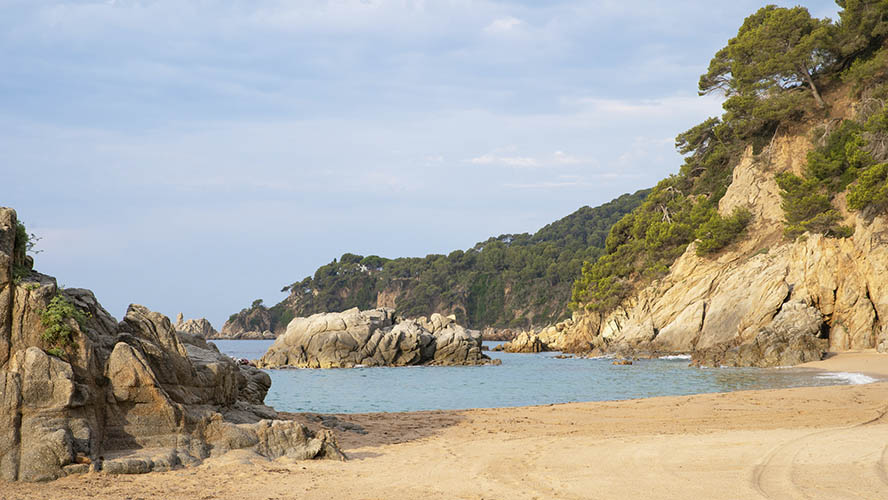
Fun in the sun: Water World
If you go on holiday as a family then you can’t miss Water World, which is one of Europe’s largest water parks. Its 140,000 m2 are home to attractions that children, teenagers and adults alike will adore. Now you just have to decide where to start. Will it be on the slide, in the wave pool, or the rapids? In an ideal world, you should set aside a whole day for larking about here because there are restaurants, parks and relaxation zones to be enjoyed.



























































